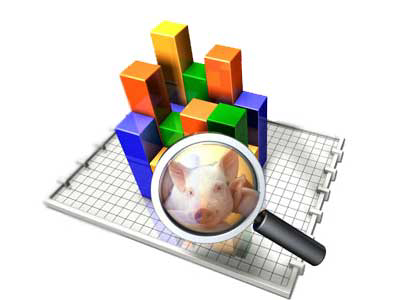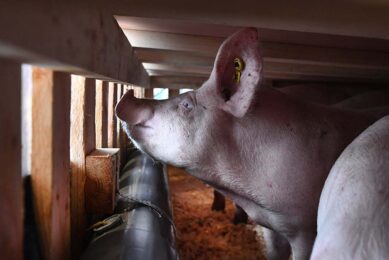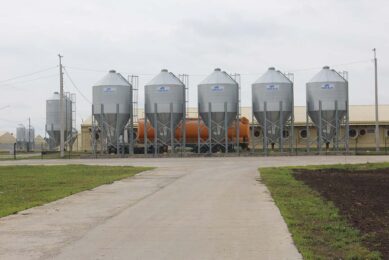Rabobank report: Q1 pork prices strong but demand is key

According to a new Rabobank report on the global pork industry the rate of growth in pork demand is the key unknown for industry margins in 2013, and is highly dependent upon economic growth in the developing world.
Pork prices in 2013 have started at historically strong levels but the Rabobank’s global Food & Agribusiness Research and Advisory team say that it anticipates some weakness in late Q1 and into Q2 due to pressures on production and limited growth in global consumption levels.
The bank forecasts that pork prices in 2013 will be impacted by swing factors including:
• declines in European production due to sow pen regulations
• China’s appetite for import, and
• whether U.S. production will continue to expand despite the spike in feed costs.
Strong Chinese demand ahead of the Chinese New Year in February supported global pork prices early in 2013. However, bank analysts say, price movements in China will be a key indicator for the year as we move into Q2; Rabobank says global pork prices may come under slight pressure because production growth in China, the U.S., Brazil, and Russia is expected to be higher than global consumption growth.
Higher prices for pork are expected and necessary for 2013, as the drought in the US and Black Sea region last year has led to low inventories of feed crops, and adverse weather in pork-producing countries continues to limit production expansion. There is now no margin for error for world crop production, with pork production and pork pricing in the second half of 2013 highly dependent upon crop growing conditions. There is also uncertainty regarding the pace and magnitude of EU enforcement of the ban on sow crates, which Rabobank forecasts will reduce the sow herd, keeping EU pork prices high.
However, Rabobank predicts that global prices will be at a lower average level than previously forecast, since the expected consequence of higher feed costs – herd liquidation – has not occurred, as producers in the US have managed their risk by using futures contracts.
Rabobank analyst David Nelson said, “Despite the higher feed input costs, the U.S. swine breeding herd has modestly expanded and large scale farming continues to develop at a rapid pace in China, Russia and Brazil. There seems to be limited opportunity for a significant increase in pork prices, given this expansion. Chinese hog supplies appear to be sufficient, but recovery in the Chinese economy could stimulate demand growth.”
In developed pork markets, the challenge will come from managing soft demand and often excess capacity. As such, supply discipline will remain the key success factor for the pork industry’s performance this year and beyond.
The Rabobank Q1 2013 report on the global pork industry is available to media upon request.











